
Carbon fiber is an inorganic fiber with a carbon content of more than 95%. It is made of different raw materials through polymerization, spinning, oxidation, and high-temperature carbonization.
According to the type of raw materials, carbon fibers mainly include polyacrylonitrile-based carbon fiber, viscose-based carbon fiber and pitch-based carbon fiber.
Among them, polyacrylonitrile-based carbon fiber, which uses petrochemical product acrylonitrile as the main raw material, accounts for more than 90% of the world’s total carbon fiber production and is the main source of high-performance carbon fiber.
The performance of carbon fiber composite materials is more prominent than that of traditional materials, so it has been used in aerospace, rail transit, medical and other fields. Mainly to understand the thermal properties of carbon fiber composite materials.
Thermal Conductivity of Carbon Fiber Composites
The thermal conductivity of a material is a measure of its ability to conduct heat. In carbon fiber composites, thermal conductivity plays a crucial role in determining their suitability for applications where heat dissipation is essential, such as in aerospace and automotive industries. Carbon fibers possess inherently high thermal conductivity due to the crystalline structure of carbon atoms aligned along the fiber axis, facilitating efficient heat transfer.
One of the primary factors influencing the thermal conductivity of carbon fiber composites is the orientation of carbon fibers within the matrix material. For instance, composites with unidirectional carbon fibers exhibit higher thermal conductivity along the fiber direction compared to those with randomly oriented fibers. Additionally, factors such as fiber volume fraction, matrix material, and interfacial bonding between fibers and matrix influence thermal conductivity.
Analyzing the thermal conductivity of carbon fiber composites involves experimental techniques such as the laser flash method, transient plane source method, and guarded heat flow meter method. These methods allow researchers to accurately measure the thermal conductivity across a range of temperatures and composite configurations, providing valuable insights for engineering applications.
Thermal Expansion Behavior
Understanding the thermal expansion behavior of carbon fiber composites is essential for predicting dimensional changes under temperature variations and ensuring the structural integrity of components in diverse environments. Carbon fibers exhibit low thermal expansion coefficients along the fiber direction due to the strong covalent bonds within the graphite layers. However, in the transverse direction, carbon fibers may experience higher thermal expansion coefficients, particularly in composite laminates with alternating fiber orientations.
The coefficient of thermal expansion (CTE) of carbon fiber composites depends on various factors, including fiber type, matrix material, fiber volume fraction, and laminate architecture. Carbon fiber composites reinforced with high-modulus fibers typically exhibit lower CTE values, making them suitable for applications requiring dimensional stability under thermal cycling.
Experimental techniques such as thermomechanical analysis (TMA) and dilatometry are commonly employed to characterize the thermal expansion behavior of carbon fiber composites. These techniques enable researchers to measure CTE values over a range of temperatures and assess the influence of processing parameters on dimensional stability.
Specific Heat Capacity
The specific heat capacity of a material refers to the amount of heat required to raise the temperature of a unit mass of the material by one degree Celsius. In carbon fiber composites, specific heat capacity plays a vital role in determining their thermal response to external heat sources and in applications involving temperature regulation.
Carbon fibers possess relatively low specific heat capacity compared to metals and ceramics machining, primarily due to their low mass density and atomic structure. However, the specific heat capacity of carbon fiber composites is influenced by the matrix material and any additives or fillers incorporated into the composite formulation.
Understanding the specific heat capacity of carbon fiber composites is crucial for designing thermal management systems in applications such as electronic devices, where efficient heat dissipation is essential to prevent overheating and ensure device reliability. Experimental techniques such as differential scanning calorimetry (DSC) and heat flow calorimetry enable precise measurement of specific heat capacity over a range of temperatures.
Thermal Stability
The thermal stability of carbon fiber composites refers to their ability to withstand elevated temperatures without significant degradation in mechanical properties or structural integrity. Thermal stability is a critical consideration in high-temperature applications such as aerospace components, automotive brake systems, and industrial machinery.
Carbon fibers exhibit excellent thermal stability at temperatures exceeding 1000°C due to the inherent stability of the carbon-carbon bonds in graphite structures. However, the thermal stability of carbon fiber composites is also influenced by the matrix material, which may degrade or undergo phase transitions at elevated temperatures.
Analyzing the thermal stability of carbon fiber composites involves techniques such as thermogravimetric analysis (TGA) and differential scanning calorimetry (DSC), which enable researchers to assess the onset of degradation, decomposition temperatures, and heat absorption or release during thermal cycling.
High Temperature Resistance
The working temperature of carbon fiber itself is very high, which can reach 2000 ° C. Since carbon fiber is mostly used in the form of composite materials, carbon fiber needs to be incorporated into the resin, and the working temperature of the resin is not so high, so the general carbon fiber composite material The working temperature is about 150 ℃, but some special fields need to use high temperature resistant materials. The Be-cu prototype has a high temperature resistant carbon fiber board, and the working temperature can reach more than 600 ℃.
Coefficient Of Thermal Expansion
Objects expand and contract due to changes in temperature. The ability to change is based on the constant pressure, and the change in the length value caused by the unit temperature change is the thermal expansion coefficient. The thermal expansion coefficient of the carbon fiber composite material is very small, which means that the size of the carbon fiber composite material is very stable. Minimal creep is guaranteed.
Carbon fiber is obtained by carbonization at high temperature. When the graphite lattice is oriented in the axial direction of the fiber, it will have ultra-high thermal conductivity and excellent thermal conductivity.
Compared with other materials, the thermal properties of carbon fiber composite materials are more prominent. China Be-cu Prototype Material Technology Co., Ltd. is a carbon fiber product manufacturer with rich production experience. equipment, which provides a guarantee for the production of high-quality carbon fiber products.
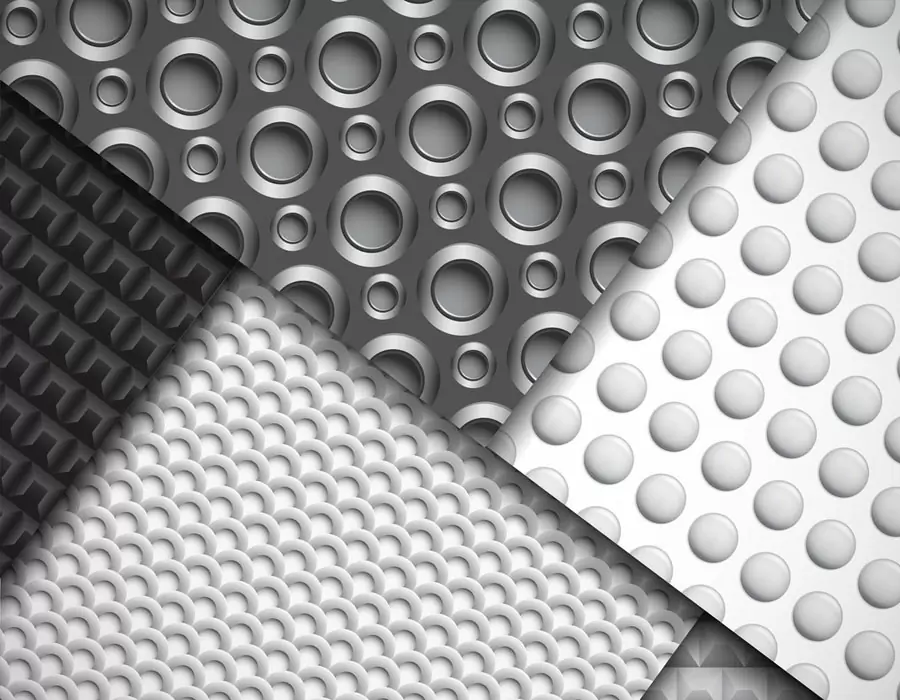
ISO 9001 certified. BE-CU Prototype Offering CNC machining carbon fiber and other manufacturing services for carbon fiber marterial. Various capabilities include notching, labeling, drilling carbon fiber, grinding, laser cutting carbon fiber, finishing, plating, marking, CNC milling carbon fiber and turning carbon fiber.We stock high quality 3k carbon fiber sheet in a variety of thickness, types and finish. Its a great material used in applications where light weight and strength are needed such as drones. Unlike other workshops, we have no min order and are often filling orders with a single part. We also don’t make you pay for the full sheet and you only get charged for what is used. With a large selection of material, you should find everything you need to make your project come to life. We are also able to handle larger production runs and provide a competitive pricing. If we don’t have the material or finish you require, we are more the willing to look at bringing it in for you.
What Is Carbon Fiber?Carbon fiber is made of polyacrylonitrile (PAN) (or pitch, viscose) and other organic fibers by carbonization (removal of most elements except carbon) by pyrolysis method under inert gas at high temperature above 1,000 °C. Inorganic polymer fibers with a carbon content of more than 90%.
-

3D Printing Continuous Fibres
-

3D Printing Short Fibre Filled Wires
-
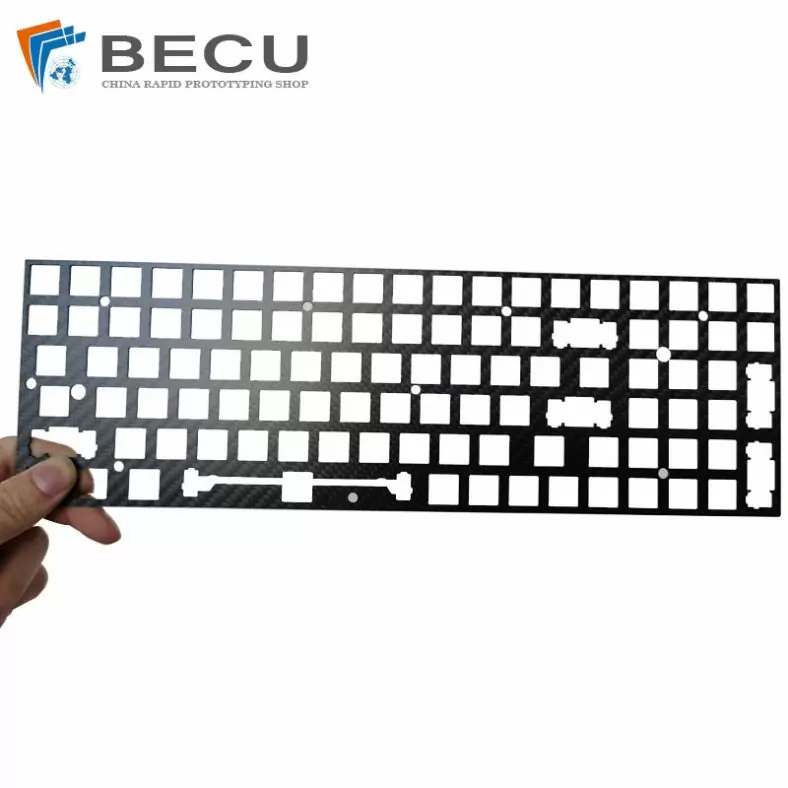
Laser Cutting Carbon Fiber Positioning Keyboard
-

Cnc Turning Industrial Copper-Aluminum Clad Carbon Fiber Machinery Parts
-
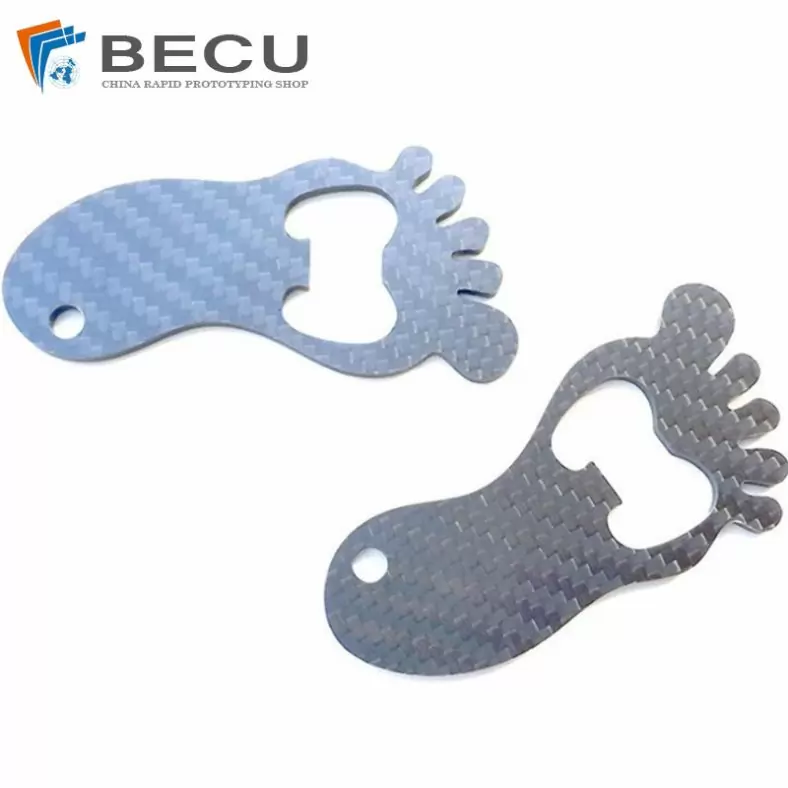
Carbon Fiber Luggage Tag Ornaments
-
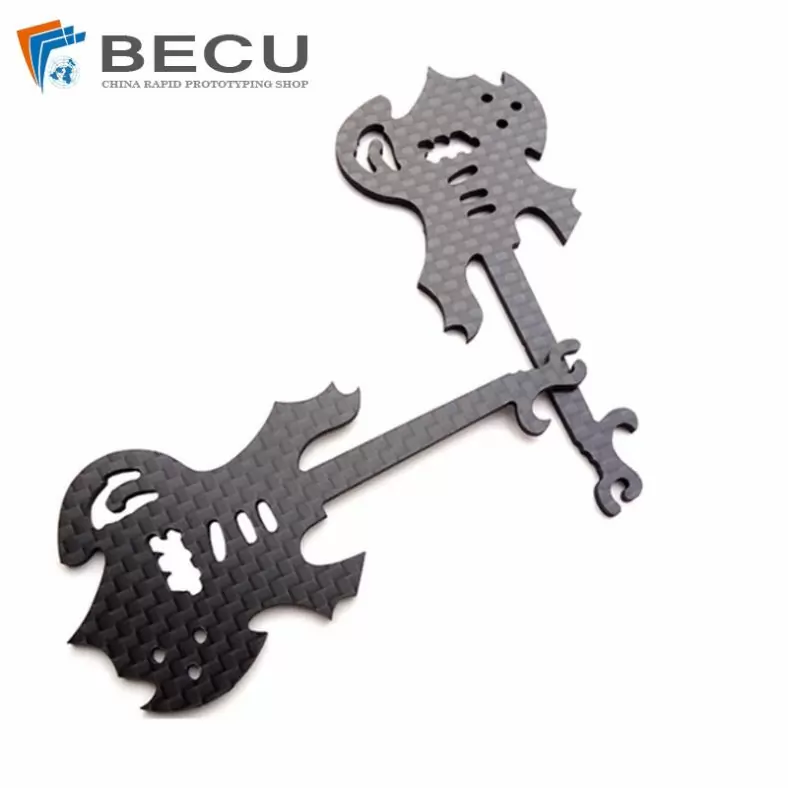
Laser Cutting Carbon Fiber Guitar Shape Crafts
-
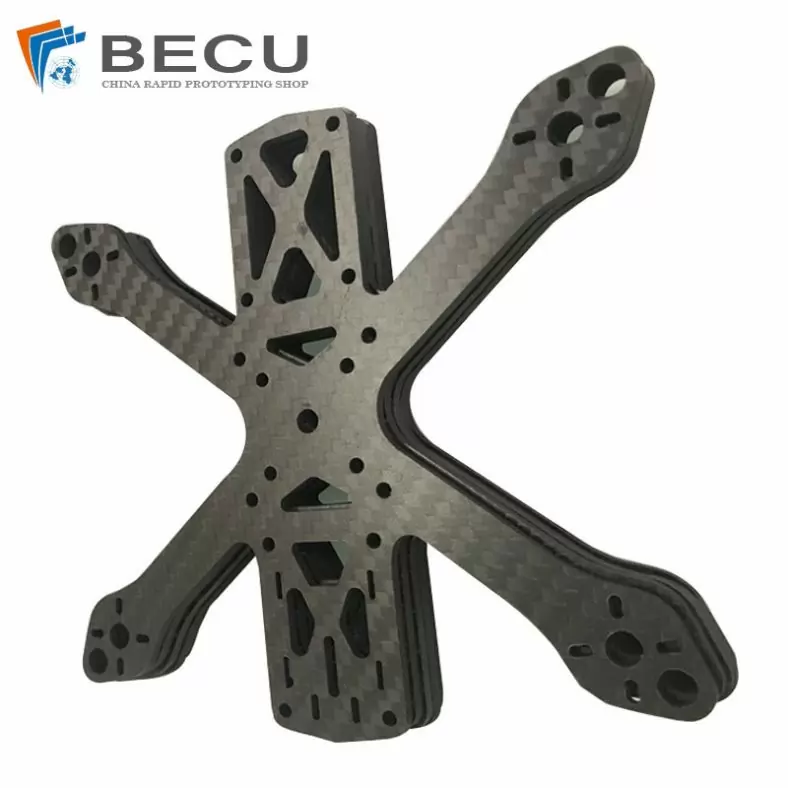
Laser Cutting Carbon Fiber Drone Rack
-
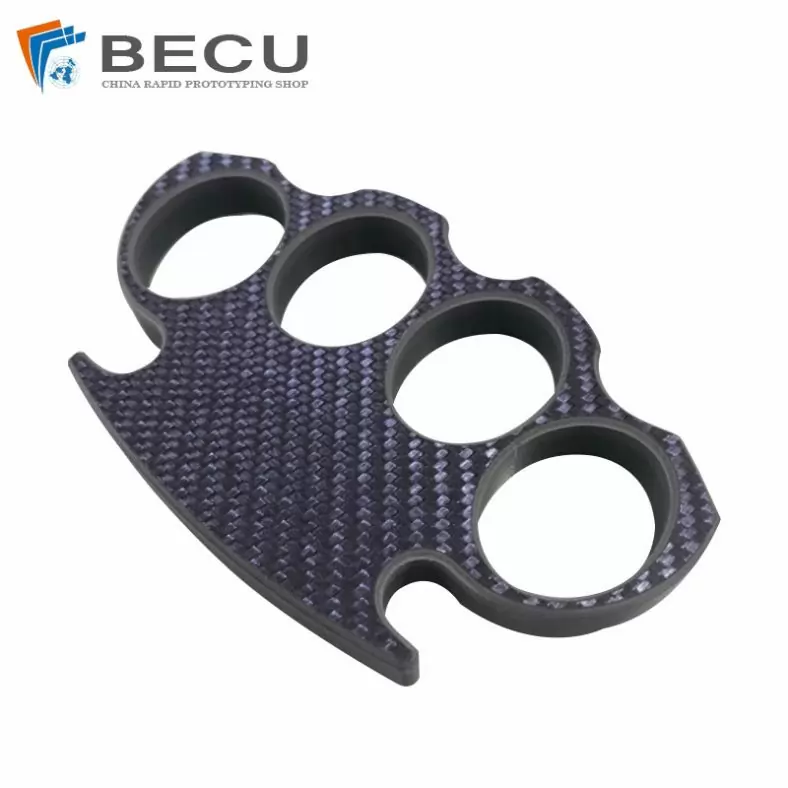
Cnc Milling Carbon Fiber Finger Buckle
